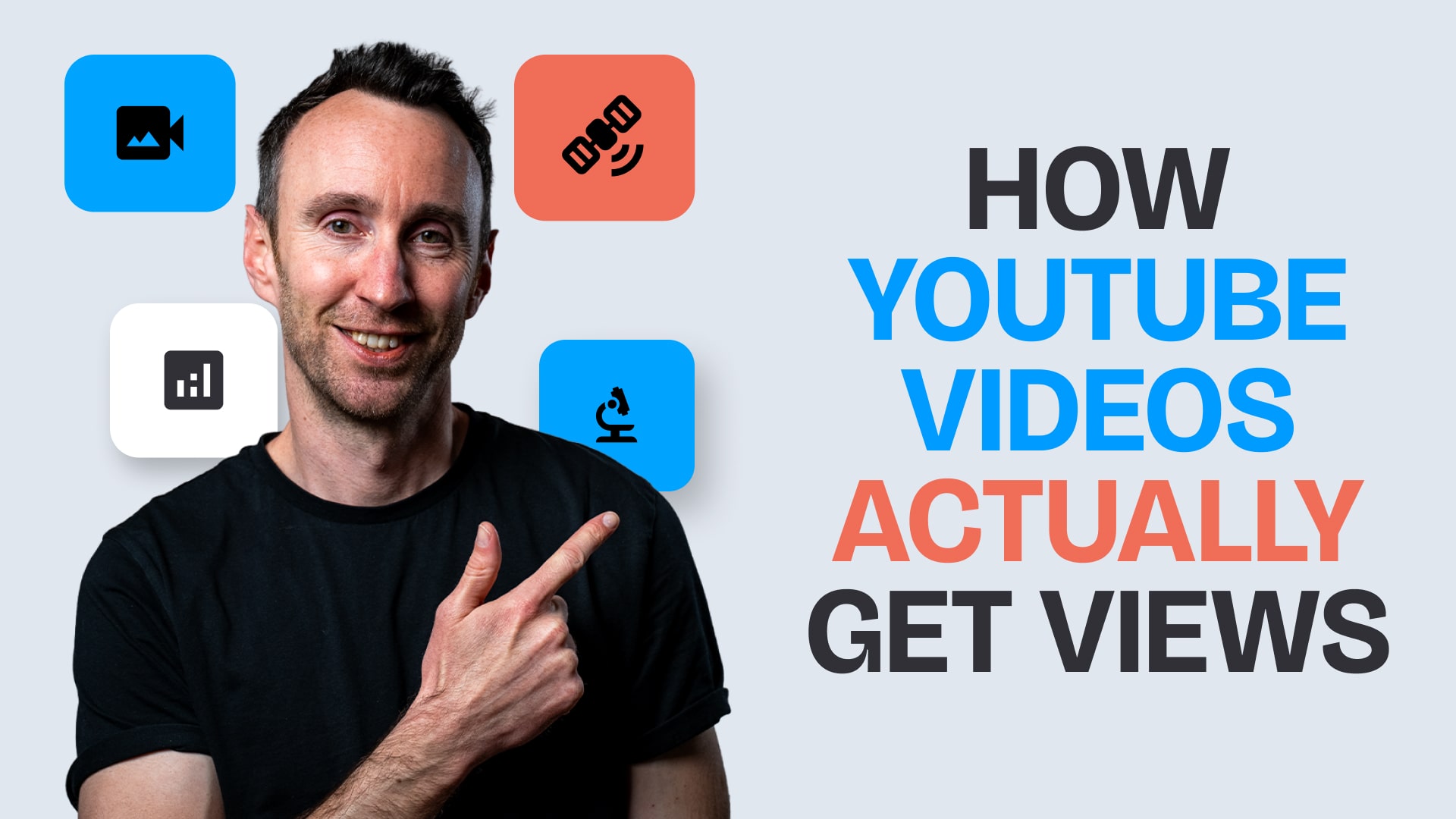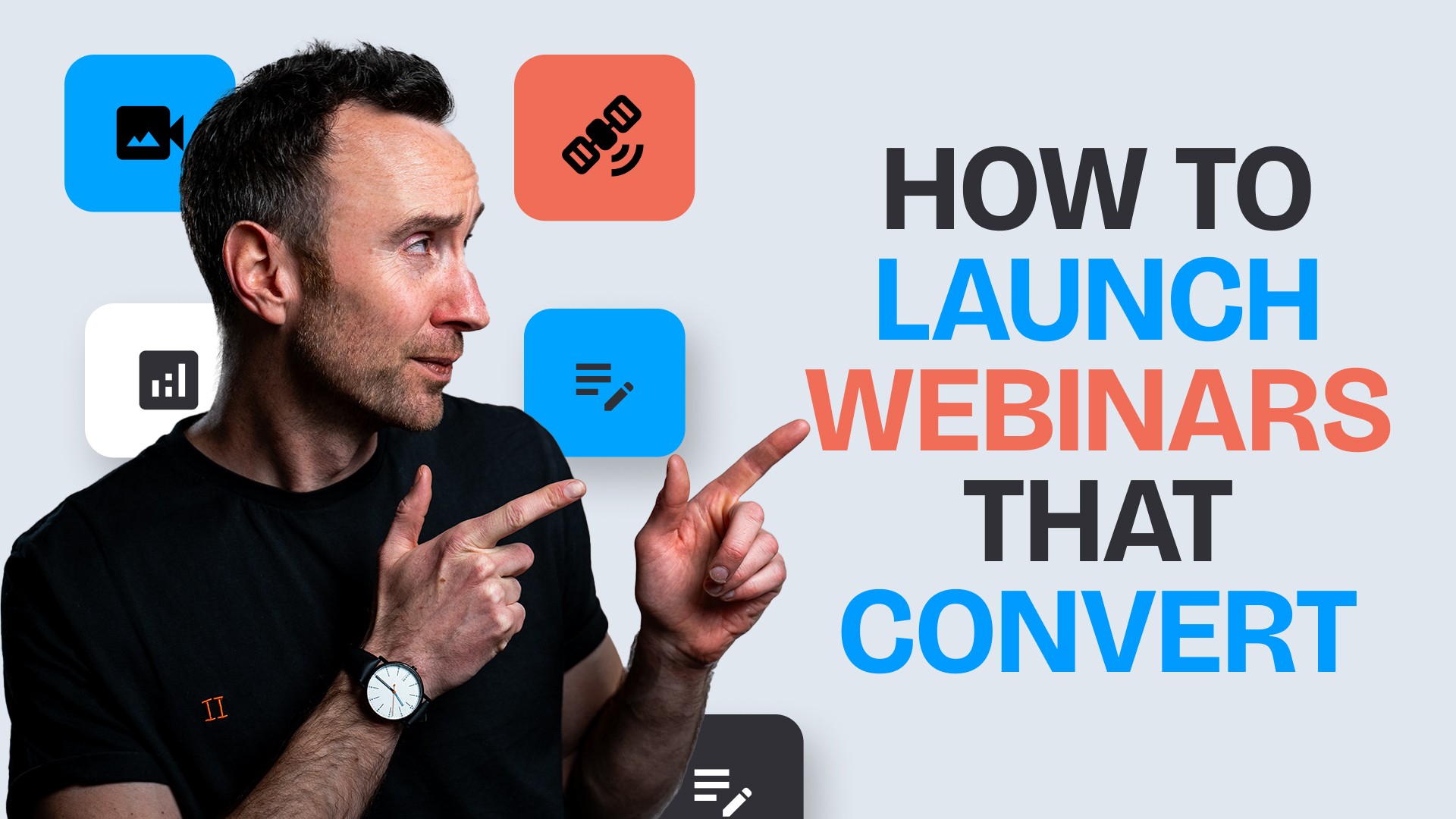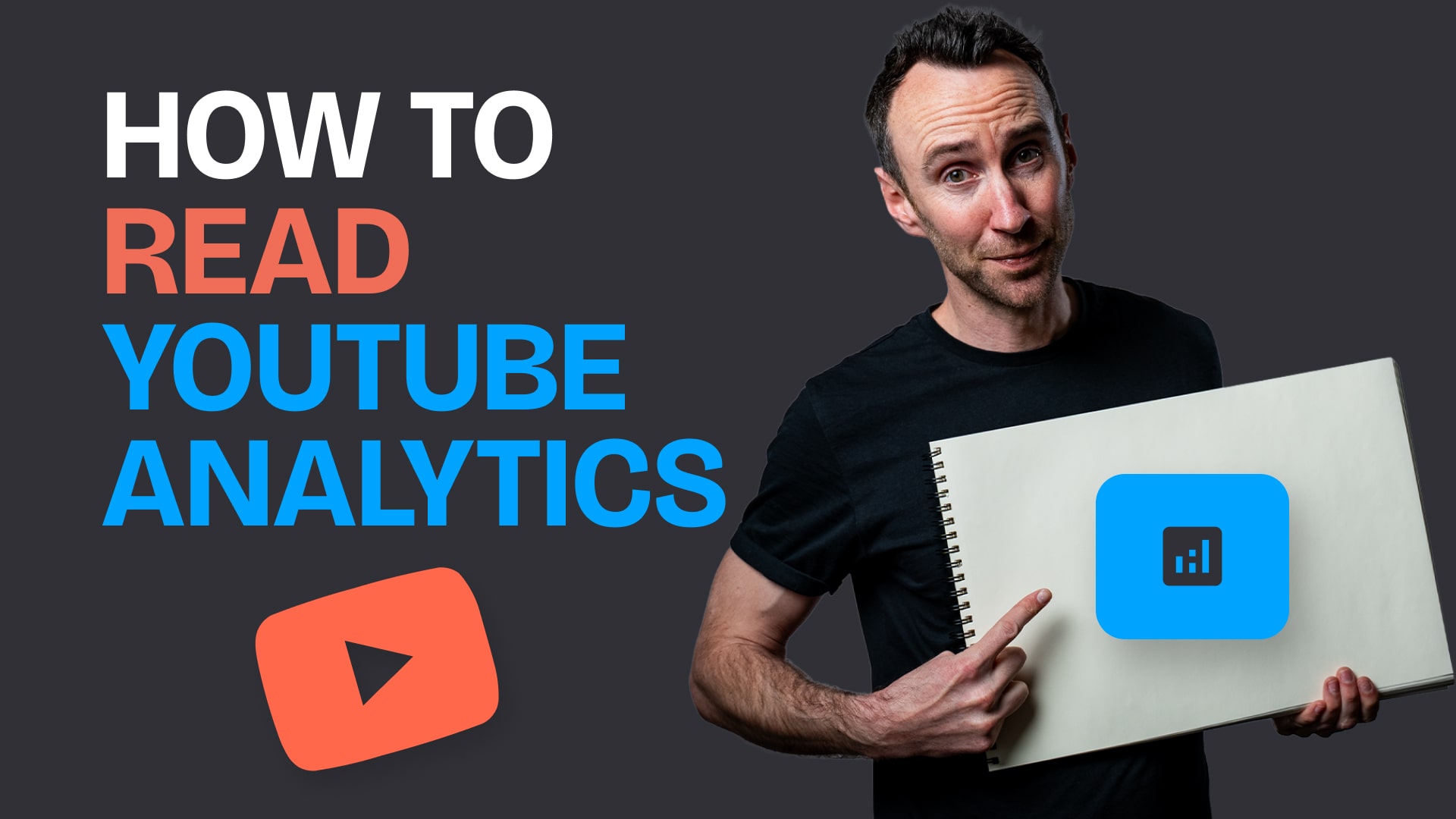
BLOG OVERVIEW
How to Use Your YouTube Analytics to Make Videos that Get Views
In
YouTube
by
Edward Wood
Jul 29, 2025
YouTube creators love a good gut feeling. But your next great video idea shouldn’t come from vibes alone. It should come from data—specifically, the kind that’s already sitting in your YouTube Analytics, just waiting to be turned into your next hit.
This isn’t about complicated spreadsheets or AI wizardry (although we’ll get to that). It’s about using the real audience signals you already have—yes, even if you’re working with just a few hundred views—to find and double down on the content that performs.
Welcome to the scrappy, strategic world of YouTube analytics.
Start with What You’ve Got: Even Small Channels Have Useful Data
If you’ve published more than a handful of videos, congratulations: you have actionable data.
Don’t be fooled by modest numbers. Whether your videos are pulling in 300 or 3,000 views, there’s signal in the noise. With just a dozen videos on a new channel, we’ve seen meaningful trends emerge—especially when you know where to look.
You’ll want to focus on the top metrics that actually impact growth:
Views (obviously)
Average view duration
Impression click-through rate (CTR)
Average percentage viewed
And most crucially, you want to filter out noise. That means excluding traffic from YouTube ads if you’ve run any. You’re here to build organic momentum, not validate your media spend.
Suggested Videos: The Goldmine You’re Ignoring
Understanding Where Your Views Come From
Inside your YouTube Studio dashboard, you’ll find a breakdown of your top traffic sources: browse features, YouTube search, and suggested videos.
Let’s break these down.
Browse features are largely passive—users scrolling their homepage.
YouTube search reflects active intent.
Suggested videos are where YouTube is doing your job for you: recommending your content next to (or after) someone else’s.
That third one? That’s your goldmine.
How to Interpret Suggested Video Data
Click into Suggested Videos, and you’ll find a list of videos your content is being recommended alongside. If your own videos appear at the top of this list, that’s a great sign—YouTube sees your content as a natural next watch.
But scroll down, and you’ll uncover what you need: videos from other creators that are driving significant traffic to you.
What you’re looking for is a video that:
Has decent volume
Is recommending your content with a high CTR
Is driving a high average watch duration or percentage viewed
That’s your signal. That’s your next video idea.
The Four-Part Test: Pre-Validated Winners
A suggested video that meets those criteria hits four important markers:
It’s pre-validated—already generating views
YouTube associates your content with it—algorithmic affinity
Your CTR is high—audiences are interested in your perspective
Watch time is strong—and they’re sticking around
This combo means the algorithm is warming up to you, and the audience is into what you’re doing. That’s not just a green light—it’s a blinking neon “GO MAKE THIS VIDEO.”
YouTube Search: The Simplest Way to Reverse-Engineer Demand
Navigating the YouTube Search Traffic Source
Next stop: the Search tab under your traffic sources.
What you’ll see here depends on who you are.
A startup or brand with TV campaigns and solid brand awareness will see mostly branded search terms.
A creator or agency with organic growth will see non-branded, topic-based search.
Both are useful, but the approach differs.
How to Find Winning Search-Based Topics
Start by sorting the data. You're looking for:
Terms with decent views
High average watch time
Preferably high average percentage viewed
Here’s an example: One of our client channels had search terms like “airtable tutorial”, “chatgpt connectors”, and “prompt engineering” pulling in strong numbers.
Now zoom in. “Prompt engineering” might seem niche, but it's a magnet for curiosity—and curiosity means higher dwell time. The data said viewers weren’t just clicking; they were staying.
That’s the kind of insight you want to act on. And if you're wondering what other questions people have around that term? Drop it into YouTube’s autocomplete or use a keyword tool to generate suggestions. Or better yet, feed it into ChatGPT and get 10 video outlines in 10 seconds.
What to Do With This Data: From Manual Mining to Automated Ideation
The Manual Method (Great for Starters)
Download your analytics data as a CSV
Open in Google Sheets or Excel
Filter for outliers:
Watch time above average
CTR in the double digits
Highlight the associated video topics and keywords
Feed those into ChatGPT (or your own brain) for content ideation
You now have a pipeline of pre-validated, audience-approved content topics.
The Scalable Method (For the Data-Driven Pros)
If you’ve got the volume or team to justify it, here’s the next level:
Use the YouTube API to pull Suggested + Search data weekly
Build a small script or AI agent to flag outliers automatically
Set up a Slack or Notion integration that sends you new video ideas every Monday
This approach isn’t just efficient—it’s consistent. It turns content ideation into a feedback loop that sharpens itself with every upload.
How to Prioritize Topics Based on Audience Intent
Not all watch time is created equal. Some content serves task-based intent (e.g., “How to get an API key”), while other content taps into narrative pull (“Why prompt engineering isn’t going away”).
If you’re seeing low raw watch time but high percentage viewed, your content is probably short and snappy—which is great for SEO but limited for storytelling. So:
Double-down on short, search-driven content if your audience is in problem-solving mode.
Develop longer, storytelling-driven pieces for high-interest topics with ambiguous intent (think “what is,” “why,” or “should I” queries).
This dual-pronged approach—serve the task, then win the trust—builds a channel that scales across the funnel.
Final Thoughts: The Playbook for Data-Driven Growth
To grow a YouTube channel today, you don’t need luck. You need literacy—specifically, the ability to read what your analytics are already trying to tell you.
So here’s your checklist:
Check Suggested Video data weekly
Mine YouTube Search terms for intent and demand
Track CTR and watch time outliers
Build a repeatable system for turning data into ideas
YouTube’s algorithm doesn’t reward the loudest voice—it rewards the most relevant. By turning your analytics into a content compass, you’re building a channel that knows where it’s going—and why your audience should follow.
Ready to make the next video people actually want to watch?
Start with your data.




